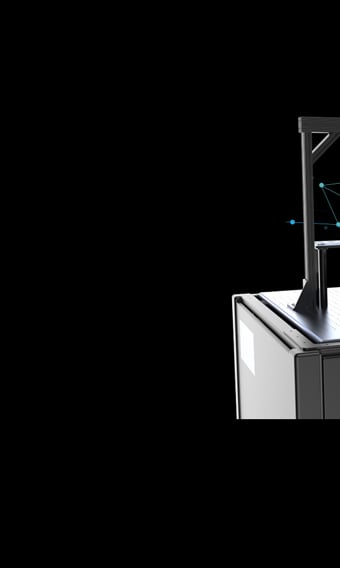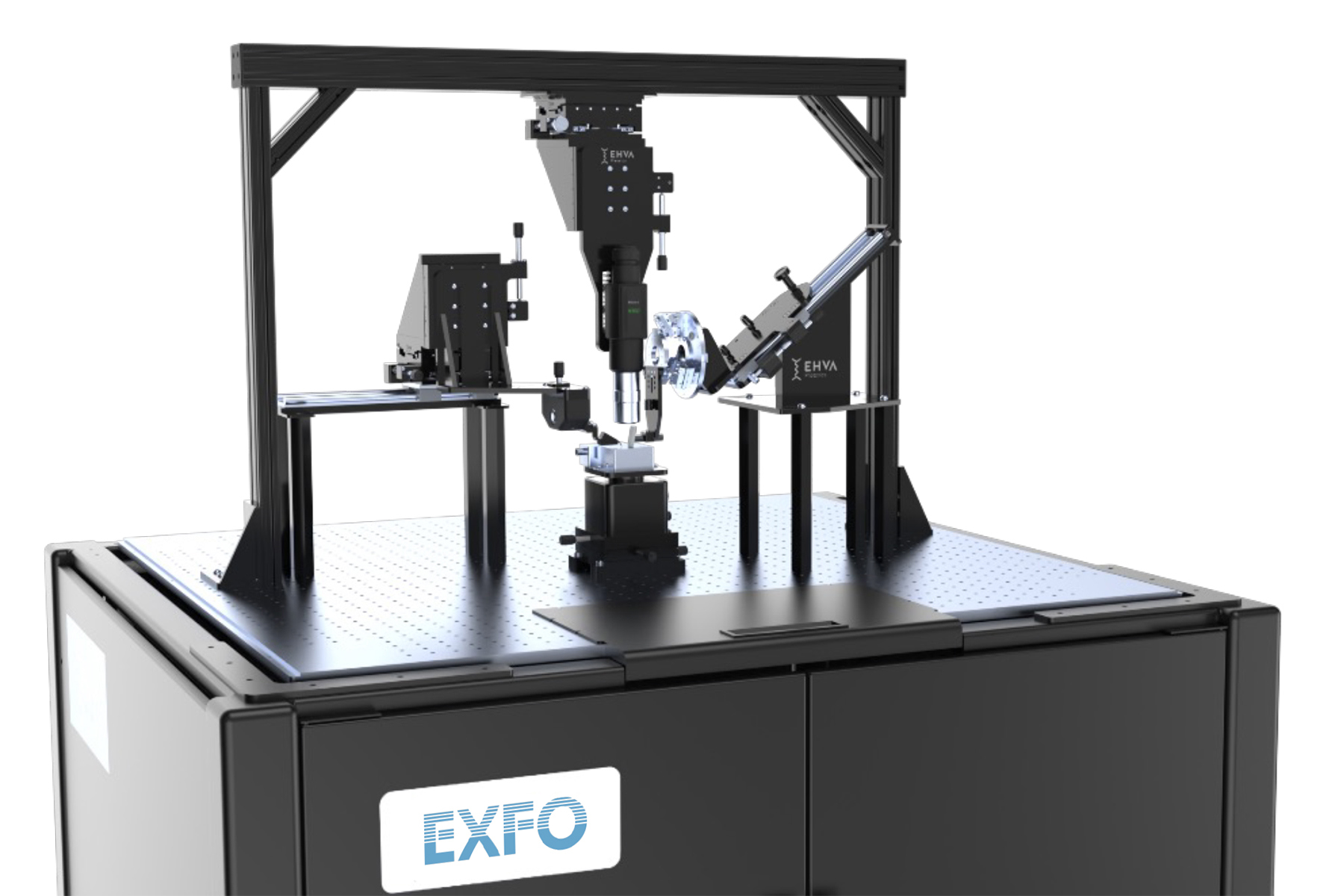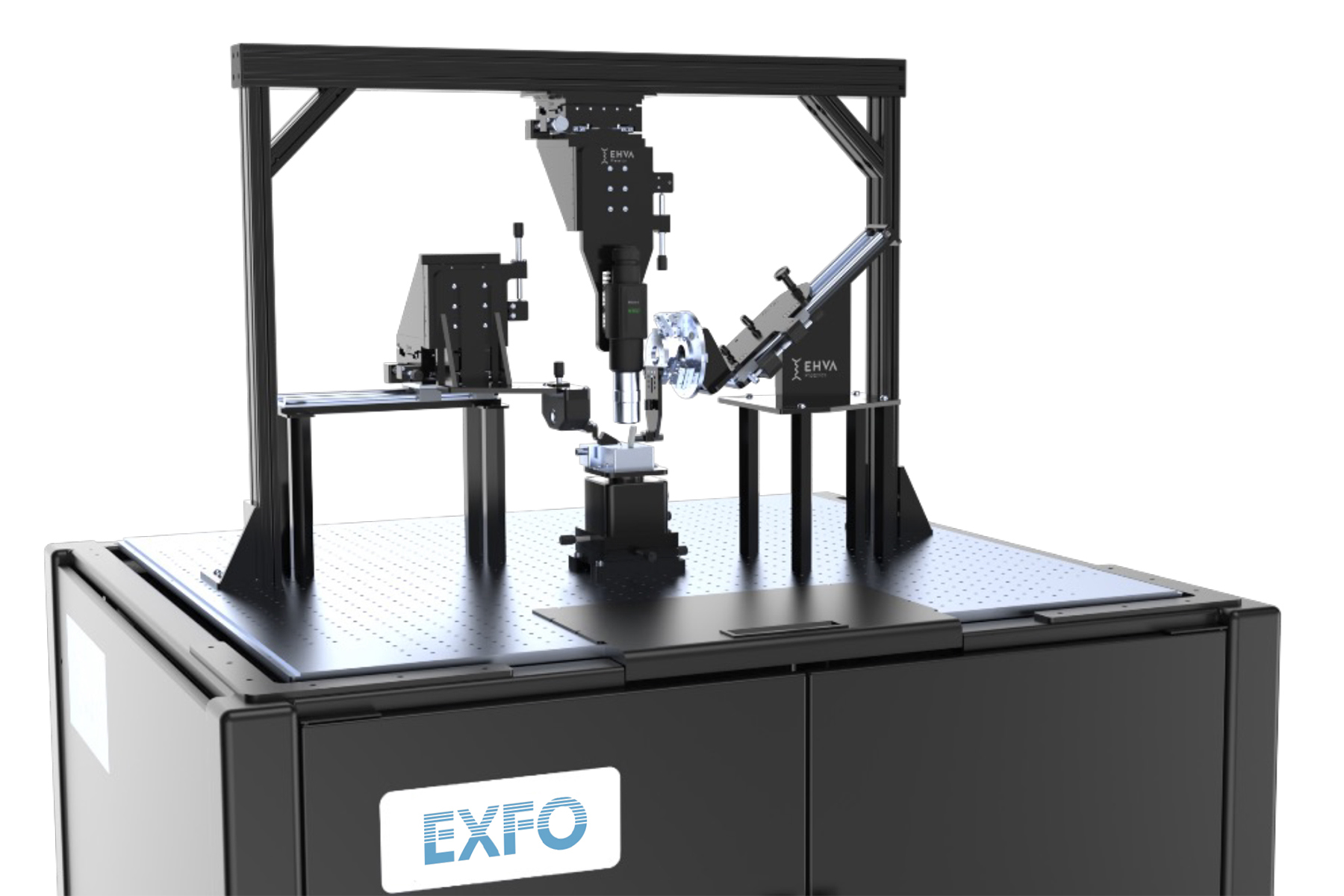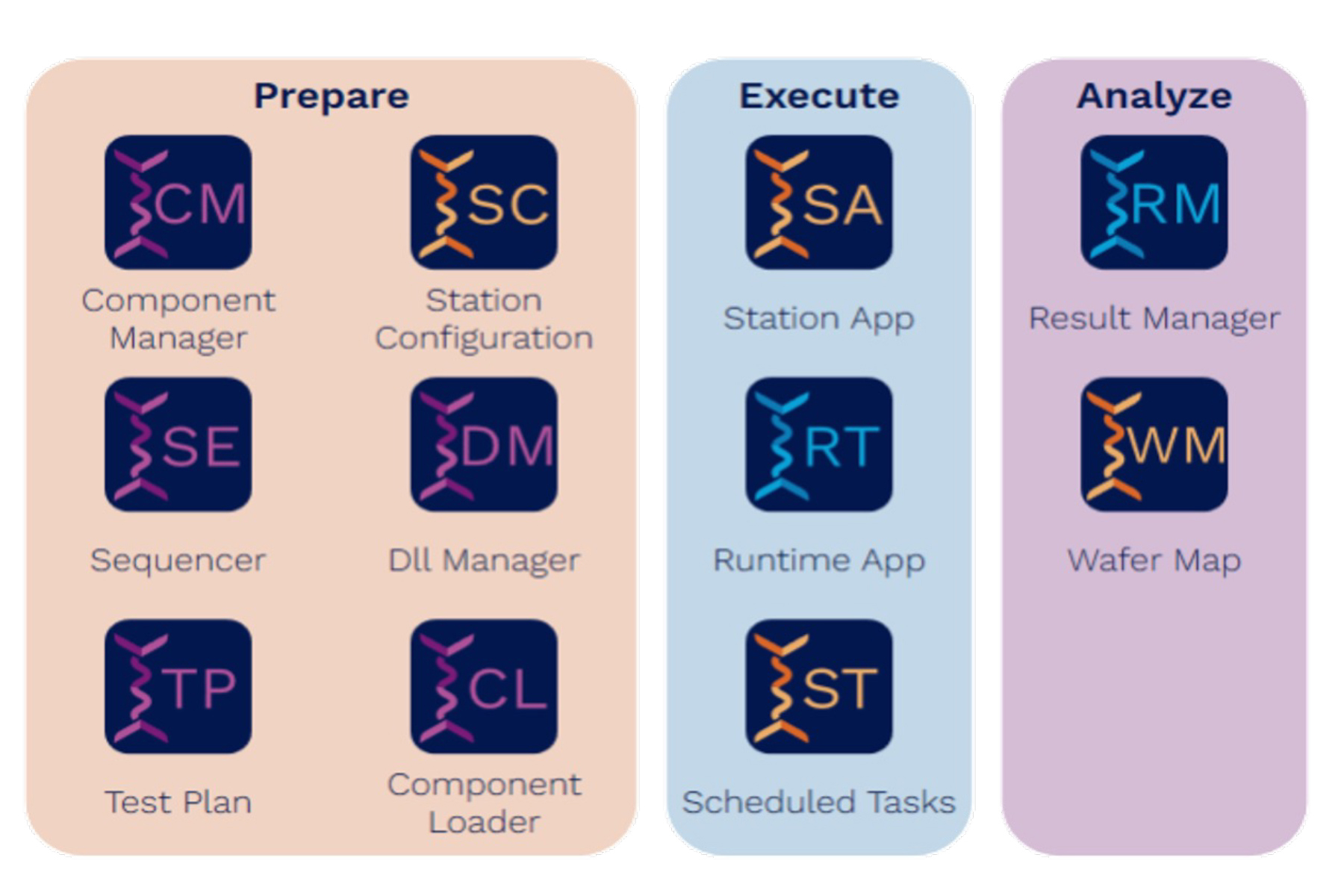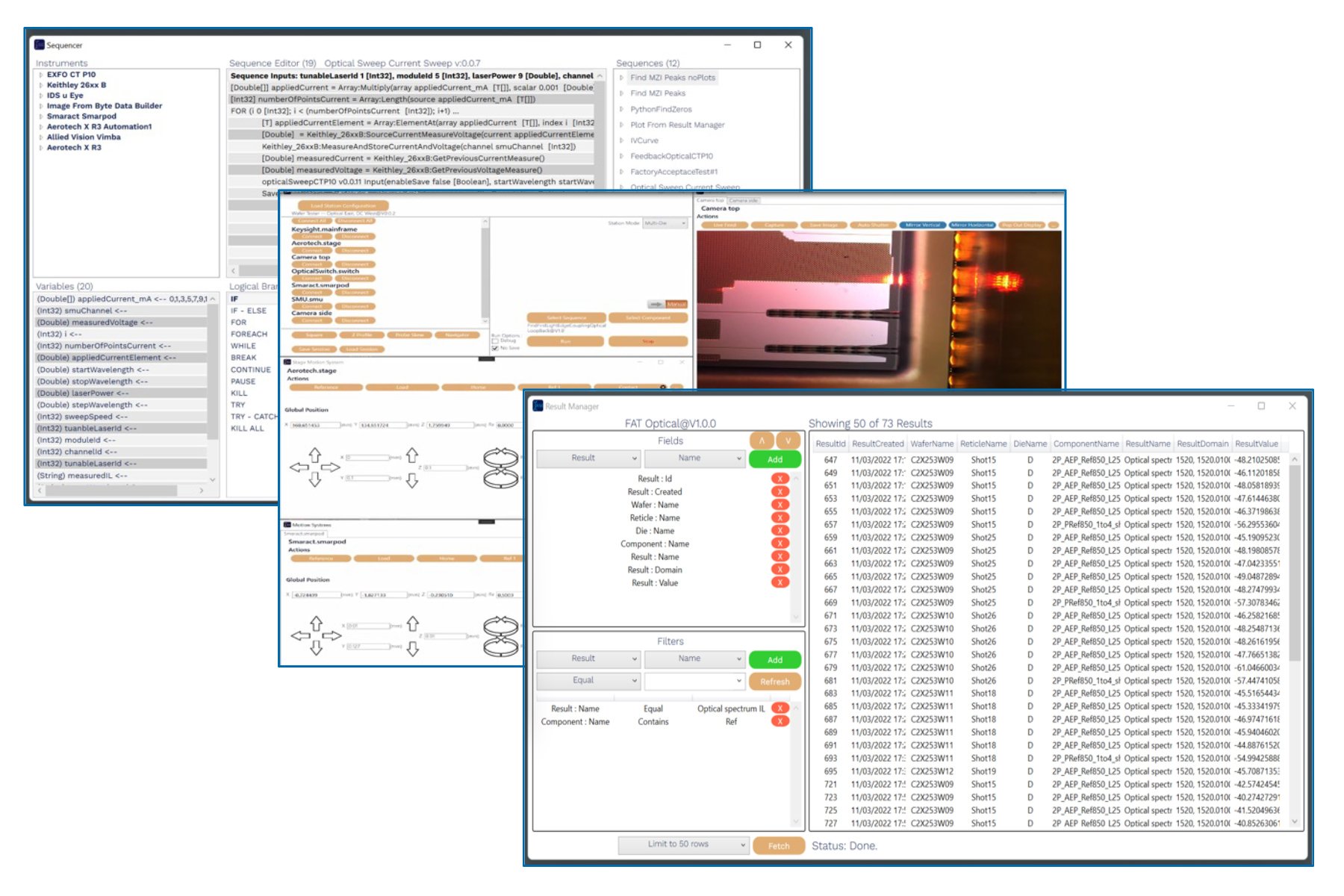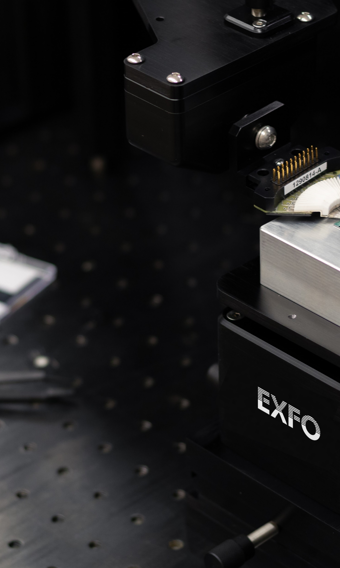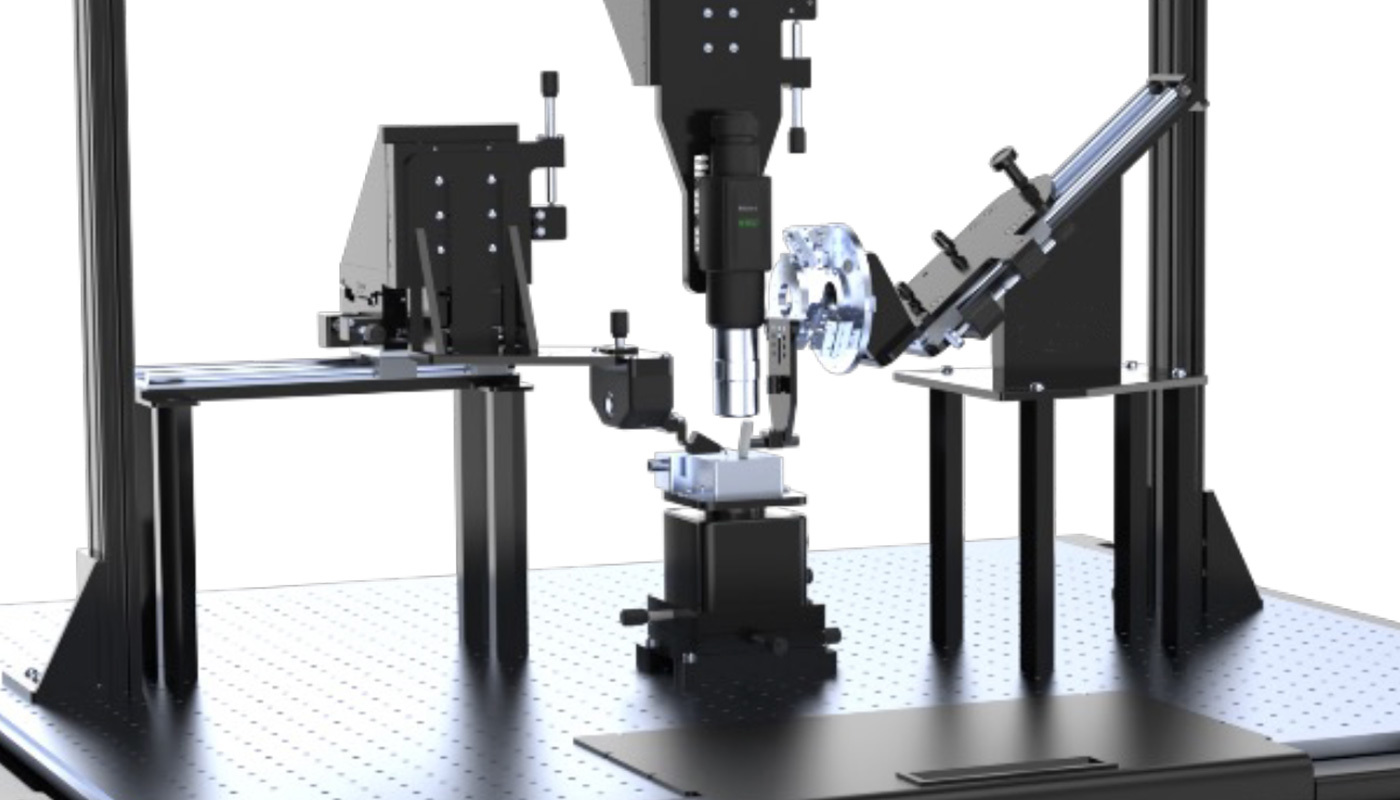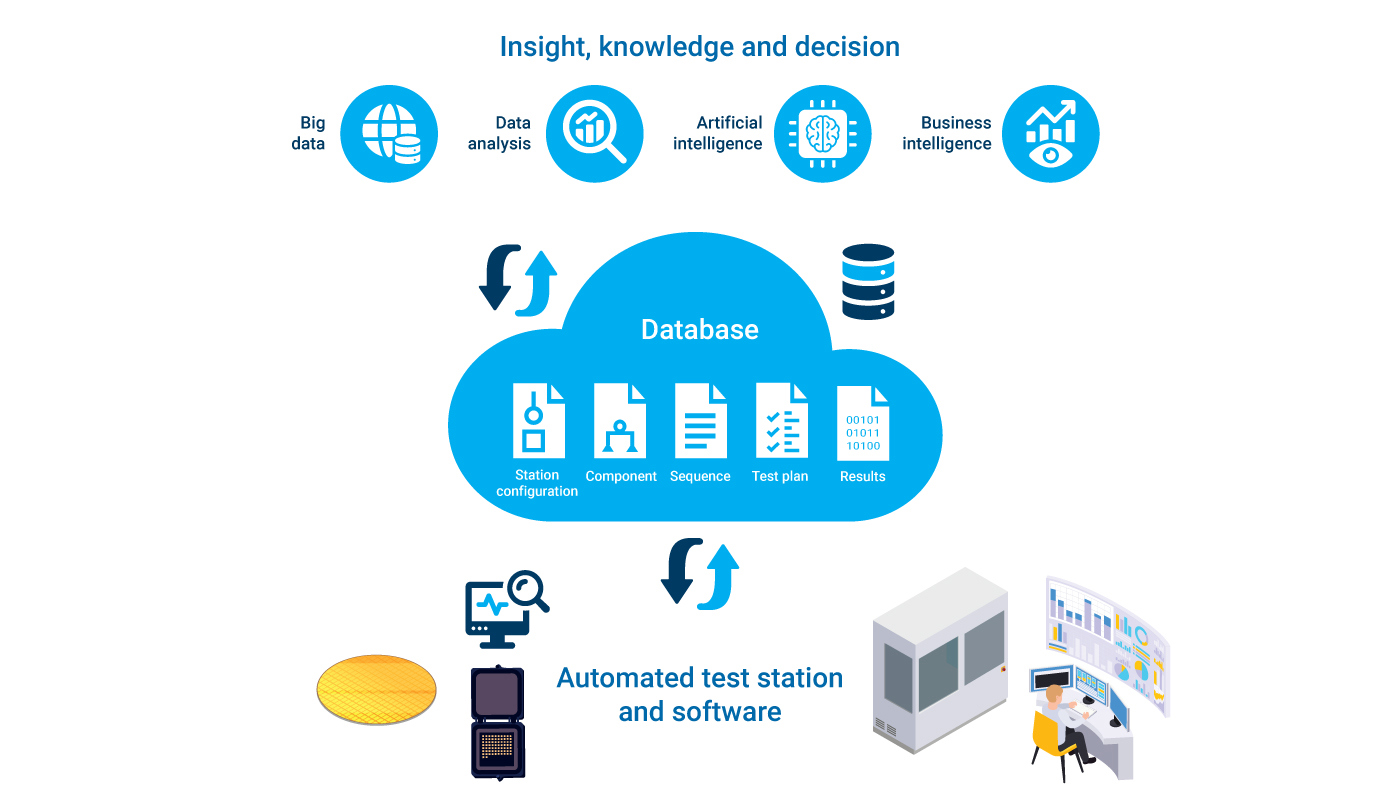Resources
All resources
Spec sheet
OPAL-SD – Single-die testing - English
(April 22, 2024)
Spec sheet
OPAL-SD – Single-die testing - Français
(April 22, 2024)
Spec sheet
OPAL-SD – Single-die testing - 中文
(April 22, 2024)
Spec sheet
OPAL-EC – Edge-coupling wafer-level test station - English
(July 19, 2024)
Spec sheet
OPAL-EC – Edge-coupling wafer-level test station - 中文
(July 19, 2024)
Spec sheet
OPAL-EC – Edge-coupling wafer-level test station - 日本語
(July 19, 2024)
Spec sheet
OPAL-EC – Edge-coupling wafer-level test station - Français
(July 19, 2024)
Brochures and catalogs
Optical testing solutions for universities and labs - English
(June 28, 2024)
Spec sheet
OPAL-MD – Multi-die test station - English
(June 26, 2024)
Spec sheet
OPAL-MD – Multi-die test station - Français
(June 26, 2024)
Spec sheet
OPAL-MD – Multi-die test station - 日本語
(June 26, 2024)
Spec sheet
OPAL-MD – Multi-die test station - 中文
(June 26, 2024)

